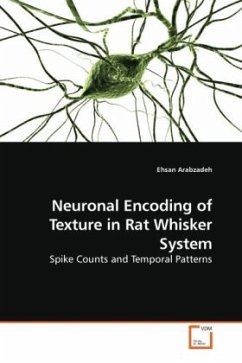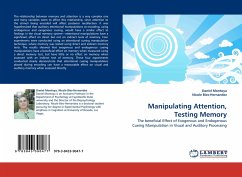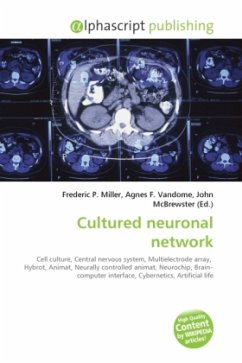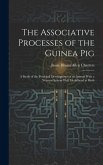A major challenge of sensory systems neuroscience is to quantify brain activity underlying perceptual experiences. The rat whisker system accomplishes complex transformations of sensory information in a fast and reliable manner and is therefore an ideal candidate to provide knowledge about efficient coding mechanisms. Rats have a set of 30-some long whiskers on each side of the snout. In the somatosensory cortex, the whisker area also known as barrel cortex is arranged as a topographic map where neurons in a given barrel respond most strongly to the corresponding whisker. Thus, sensory signals arising from individual whiskers are channeled through a restricted population of neurons that can be identified and sampled by recording electrodes. This research shows how receptor and cortical cells produce trains of spikes that codify the whisker movement with remarkable precision. These spike sequences, distinct for each vibration, are the words that form the neuronal language of textures. By applying Information Theory to the recorded spike sequences we quantify the relative importance of two biologically plausible sensory coding mechanisms, spike counts and spike patterns.
Bitte wählen Sie Ihr Anliegen aus.
Rechnungen
Retourenschein anfordern
Bestellstatus
Storno








